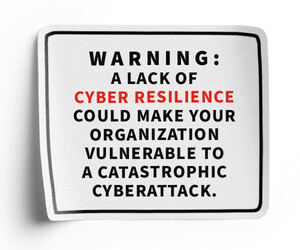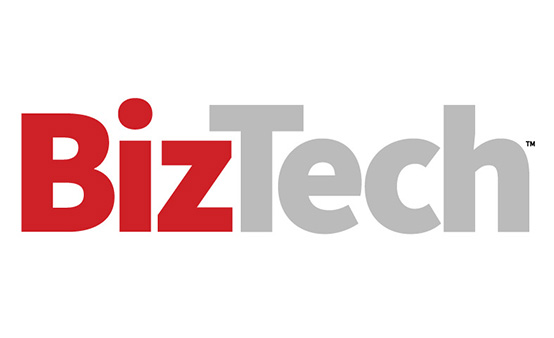To defend against these attacks, IT decision-makers must develop a stronger understanding of the most popular attack vectors and how they work. For example, Ghost relies extensively on the exploitation of known vulnerabilities to establish initial access to victims. Some of these vulnerabilities date back more than a decade, which explains why critical infrastructure and supervisory control and data acquisition systems are an attractive target.
With this in mind, cybersecurity leaders must take action by modernizing their legacy systems. At the same time, they must also actively prepare for the acceleration and increasing sophistication of ransomware attacks powered by a new source of havoc: artificial intelligence and machine learning.
RELATED: To prevent ransomware attacks, SMBs need solid backup strategies.
AI-Driven Ransomware Attacks Are Growing in Sophistication
In its recent ransomware report, Zscaler ThreatLabz notes that ransomware attacks increased almost 18% year over year between 2023 and 2024, with AI-powered phishing and extortion techniques leading the charge.
Just as generative AI is changing how we interact with the information we use in our jobs and daily lives, it’s also upskilling threat actors. GenAI lets threat actors produce more convincing messages for phishing campaigns and makes it easier to conduct spear phishing at scale using algorithms rather than human efforts.













